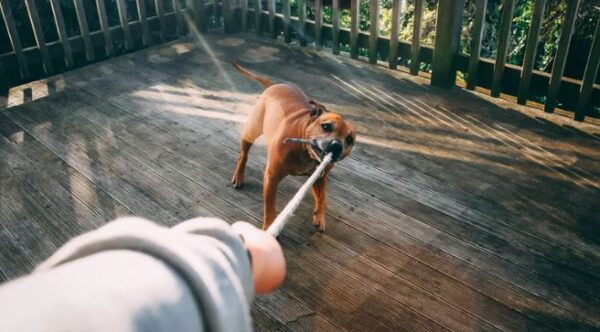Lifestyle
5 expert tips on how to avoid rabies

Animal bites happen frequently and whether they are from a domestic pet or a wild animal, knowing the correct response can prevent serious complications, including infections and diseases like rabies.
Experts have warned that rabies transmission is not limited to dogs, even though they are the most common source.
Livestock, cats and wildlife like mongooses and bats can also carry the deadly virus.
Recently, a Cape fur seal tested positive for rabies, prompting fresh concerns.
“KwaZulu-Natal, the Eastern Cape, North West and Limpopo have reported most rabies cases in recent years,” Dr Pete Vincent of Netcare Medicross Tokai said.
“However, the detection in Cape Town reminds us that all animal bites need medical attention for rabies risk,” he added.
Meanwhile, Netcare’s general manager of emergency, trauma, transplant and corporate social investment, Mande Toubkin, added that anyone who is bitten by an animal should always seek emergency medical care, no matter how small the wound is.
She also believes that a rabies risk screening with possible tetanus immunisation as a treatment for potential exposure to the virus that causes rabies, must start as soon as possible.
Animals with rabies often act aggressively or are unusually friendly. This strange behaviour increases the likelihood of them biting other animals and humans.
For example, cows with rabies may seem like they are choking and wild animals like bucks might come closer to humans than normal. But not all animals show signs of rabies and for this reason, a medical check-up is crucial.
In addition, any domesticated animal that bites a human can pose a rabies risk if their vaccinations are not up to date.
“Teach both adults and children to avoid unknown animals and never provoke them,” Toubkin advised.
“It’s especially important not to feed wildlife or approach wild animals. Make sure your dogs, cats, and other pets are vaccinated for rabies every year as required,” she added.
What to do in the event of potential rabies exposure:
- Wash the area thoroughly with soap and water for at least 10 minutes.
- Consult a doctor, clinic, or hospital emergency department immediately.
- If there is a potential rabies risk, a series of rabies vaccinations is needed. Post-exposure prophylaxis must start as soon as possible after the bite.
- Depending on the severity of the injury, your doctor may also inject rabies immunoglobulin into the wound. Rabies immunoglobin is only available at certain hospital centres, however, this can be administered in the first week following the bite.
- Keep a record of the dates of each rabies vaccination and complete the course as medically instructed.
What you can do to protect your family against rabies:
- Ensure that your pets and livestock’s rabies vaccinations are up to date.
- Avoid contact with wild, stray, or unfamiliar animals.
- Keep your domesticated animals away from animals that may not be vaccinated or any wild animal carcasses.
- If you know you are travelling to a rural or remote area where rabies is endemic, it is worth considering a travel clinic visit for pre-exposure vaccination, especially for young children. The huge benefit of this is that it provides lifelong immunity and if exposed just two vaccinations are needed on the day of the bite and the third day following the bite.
- Educate your children about the risks of rabies and ensure friends, family and childminders know about the risks of rabies and the urgency of seeking medical attention for potential exposure.






